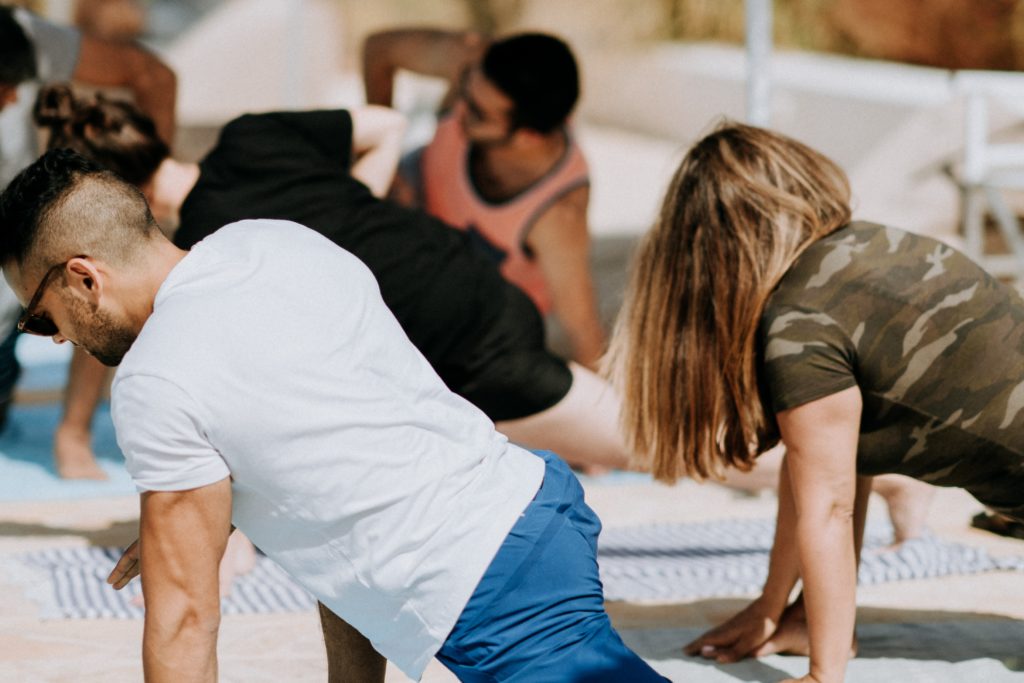Michael here; I’m the head coach and owner of Wasatch Fitness Academy.
First, why I started down the path of yoga. I was a middle-school math teacher in Baltimore when I first did yoga, following Denise Austin on a VHS tape. The big thing I noticed: yoga on a Sunday evening made me more patient, kinder, and more generous with my students. In short, it made me a better math teacher.
Then, while I was teaching in Providence, I found a yoga studio I loved, and I decided to take the jump into teacher training, and I graduated from that program in 2009.
Over the last decade, I’ve coached CrossFit, taught form-first running, opened a gym, run half marathons, and trained fire-fighters. And the way I teach yoga, why I teach yoga, and what I offer to practitioners has changed.
My yoga is for people who want to be better at life: running, skiing, strength training, self-confidence, mindfulness. My yoga isn’t for people whose primary goal is to get really good at yoga.
This is about the journey, not the destination. This is about how you breathe, how you feel in your body, how you react to stressors, and how you improve your relationship to your body.
Now, a bit about my classes. I’m drawn to yoga for the focus on mindfulness – paying attention to how the body feels, and the patterns of thought in the mind. I’m also drawn to it for the sake of breathwork, which helps with reducing stress, improving our ability to recover, and provides a direct mechanism for controlling fear and other associated responses.
My classes follow a rough flow:
- Find connection with the breath
- Easy joint mobility and encouraging bloodflow across the body
- Fire up the vestibular system with balance and cross-body connections
- Get warm with some flow cycles, often Sun Salutation A
- Play! Explore some challenging shapes, including balance and muscular engagement
- Explore some longer holds to encourage deeper ranges of joint mobility, often active yin-style holdings
- Corpse pose – final rest
What’s notable about my yoga classes: I don’t put emphasis on “advanced” yoga poses; rather, we make classes challenging through the sequencing of poses, depth and length of holds, and the pacing.
My classes are appropriate for all levels: I give enough cueing for everyone to have a good experience, and you are always free to take a pose further or to back off and enjoy an easier path.
Finally, as with our strength and conditioning classes, safety is a priority. There are some restrictions on inversions, particularly poses that put a high percentage of body weight onto the neck, that are not permitted in my classes. The structures of the neck are simply too small to support body weight, and there’s no functional value of balancing your weight on your neck; there are other safer (and more challenging) inversions we can work towards.

